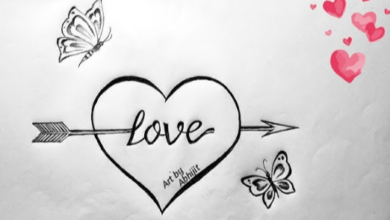Drawing:Oldj_7nsvxk= Skulls

In the realm of artistic expression, the depiction of skulls holds a unique and captivating allure. ‘Drawing:Oldj_7nsvxk= Skulls’ serves as a guide for individuals seeking to explore the intricate details and symbolic significance of this timeless subject matter.
This comprehensive resource delves into the anatomy of a skull, offering insights into sketching techniques, shading, and texturing tips. Whether one seeks to hone their technical skills or unleash their creativity through innovative skull art ideas, this compilation provides a platform for artistic exploration and freedom.
Embrace the challenge of capturing the essence of this enigmatic symbol through the art of drawing, and discover the endless possibilities that lie within this iconic motif.
Anatomy of a Skull
- The human skull consists of twenty-two bones, including the mandible and cranial bones.
Cranial features play a crucial role in determining individual characteristics, such as gender and ancestry.
Understanding the intricate bone structure of the skull is essential for various fields like forensic science and anthropology.
See also: Clipart:6flsthamxjw= Dog
Sketching Techniques
Utilizing precise sketching techniques is imperative for accurately capturing the intricate details of skulls in artistic or scientific representations. Adjusting line weight helps emphasize specific features, creating depth and dimension.
Cross hatching, a method of using intersecting lines to form shading, adds realism and texture to the skull drawing. Mastering these techniques allows artists to convey the complexity and uniqueness of each skull with finesse and skill.
Shading and Texturing Tips
Effective shading and texturing techniques play a crucial role in enhancing the realism and depth of skull drawings, elevating the intricacy of details captured through precise sketching techniques. Blending techniques can create smooth transitions between light and shadow, adding dimension.
Cross-hatching tips offer a method to build up textures and define contours. Experimenting with different pressures and angles can help achieve desired effects in shading and texturing.
Creative Skull Art Ideas
Enhancing the artistic appeal of skull drawings through innovative concepts and techniques is essential in creating captivating and unique skull art pieces. Skull painting allows for vibrant colors and intricate details to be incorporated, adding depth and personality to the artwork.
On the other hand, mixed media skulls offer a dynamic and textured approach, combining various materials to create visually stunning and thought-provoking pieces that push the boundaries of traditional skull art.
Conclusion
In conclusion, the intricate anatomy of a skull lends itself to endless creative possibilities in art. By mastering sketching techniques, shading, and texturing tips, artists can bring these skeletal structures to life on paper.
From realistic depictions to abstract interpretations, skulls offer a canvas for unique and thought-provoking art ideas. Just as a skull symbolizes the fragility and mystery of life, so too can art capture the essence of mortality and beauty in a single stroke.




